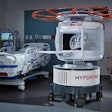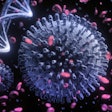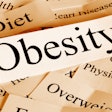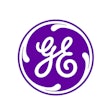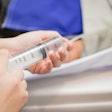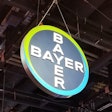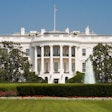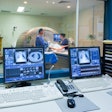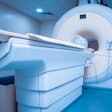A woman's age and the accuracy of mammography are the two main factors that drive down the cost of breast cancer screening with MRI in a high-risk population, according to a new study in the Journal of the American Medical Association.
Diagnostically, breast MRI continues to prove itself as a valuable tool for assessing women who are genetic mutation carriers (BRCA1 and BRCA2). But screening these women with MRI would be at least 10 times more expensive than mammography and generates higher diagnostic costs, according to Sylvia Plevritis, Ph.D., from the Stanford University School of Medicine in California.
"Because the cost-effectiveness of MRI screening is evaluated relative to mammographic screening, it is highly sensitive to the performance of mammography. As the performance of mammography decreases, MRI screening becomes more cost-effective," they wrote. "Our analysis reveals an age-dependence on the cost-effectiveness of MRI that is partly attributable to the age-specific performance of mammography" (JAMA, May 24/31, 2006, Vol. 295:20, pp. 2374-2384).
Plevritis' and a number of her co-authors, including Dr. Debra Ikeda, are from the department of radiology. Other contributors are from the departments of medicine and oncology at Stanford, as well as the VA Palo Alto Health Care System in Palo Alto, CA.
For this study, a simulated cohort of 25-year-old women, all BRCA carriers, were followed over a lifetime starting in 2005. A continuous-time Monte Carlo simulation model was used to estimate health and economic outcomes for these carriers under the following conditions:
- No screening
- Annual mammography, ages 25-69
- Annual mammography and MRI, ages 25-69
Quality-adjusted life years (QALY) were calculated for BRCA1 and BRCA2 carriers and the cost-effectiveness ratio of screening was computed as the cost per QALY gained. The costs of screening and related procedures were based on 2005 Medicare reimbursement rates. The authors said that they assumed that all tumors larger than 5 mm were detectable on MRI to establish a tumor size-dependent threshold for both screening modalities.
The results showed that adding annual MRI to breast cancer screening was cost-effective for BRCA1 carriers age 35-54, who are at a greater risk for developing cancer than BRCA2 carriers. The cost-effectiveness threshold was $100,000 per QALY gained.
Adding MRI to mammography increased screening sensitivity in BRCA1 women from 35% to 85%, the authors reported. The mean lead time increased from one-and-a-half years to three years. Life expectancy increased from 71.2 years to 73.3 years. While the false-positive rate climbed from 5% to 25% in this group, overdiagnosis of invasive cancer was negligible, they stated.
"Relative to annual screening with mammography alone, the cost of adding annual MRI from the ages of 25 to 69 years is $88,651 per QALY gained for BRCA1 mutation carriers," they explained. Outcomes for BRCA2 carriers were similar.
However, the authors stated that even among BRCA1 carriers, annual MR screening was not cost-effective for younger women (25-34 years), because of the lower incidence of disease, or for women over age 55 because of competing risks for other diseases.
"When mammography was omitted, we found that annual MRI among women age 35 to 54 years costs $37,713 for QALY gained for BRCA1 mutation carriers and $80,000 per QALY gained for BRCA2 mutations," they wrote.
The authors acknowledged that a number of factors may influence or change how effective the modality really is in this population, such as results from a randomized, clinical breast MRI screening trial. Other issues that could change the role of screening with breast MRI are the widespread adoption of digital mammography and the effects of chemoprevention. Also, studies need to be conducted on the effect of MRI breast cancer screening on survival rates.
"Despite these uncertainties, our analysis shows that breast MRI screening is likely to be cost-effective in selected ages of women," the authors stressed. "Our model-based analysis uses the best evidence available today to establish cost-effectiveness."
By Shalmali Pal
AuntMinnie.com staff writer
May 23, 2006
Related Reading
75 years is an appropriate upper age limit for mammography, May 17, 2006
Breast cancer biomarkers on MR reveal early treatment response, May 11, 2006
Larger lesions on breast MRI equal greater chance of cancer, February 8, 2006
MRI best for familial breast cancer detection, December 16, 2005
Copyright © 2006 AuntMinnie.com

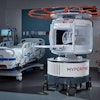
.fFmgij6Hin.png?auto=compress%2Cformat&fit=crop&h=100&q=70&w=100)

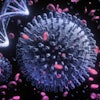
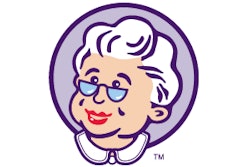

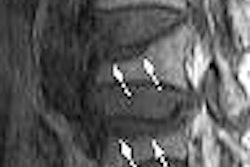
.fFmgij6Hin.png?auto=compress%2Cformat&fit=crop&h=167&q=70&w=250)
